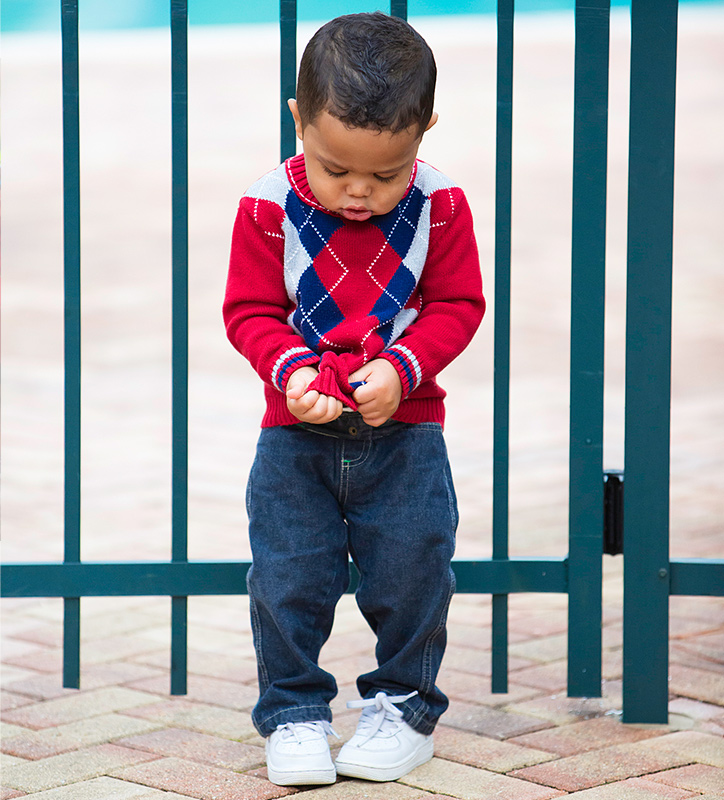A child should NEVER be able to enter the pool area unsupervised.
Supervision, the first and most crucial layer of protection, means a responsible adult is always watching a child. But in reality, a brief lapse in supervision can occur, which is why barriers act as a second level of defense.
Barriers can physically block a child from the pool, but they are only effective if they are in place, working properly, and used at all times.
Installing and Maintaining Barriers

Examples of Barriers:
- Pool gates.
- Pool covers.
- Locks.
- Sounding door alarms.
Always Maintain and Inspect your Physical Barriers:
- Check bodies of water FIRST.
- Gates should never be propped opened, even for just a few minutes.
- Door, window, pool alarms should never be disabled.
- Battery-dependent alarms/safety devices require ongoing battery replacement.
- Door closures, gate latches and fences should be inspected regularly.
- Placement of objects near a fence could allow a child to climb over and into unprotected water.
- Safety measures normally in place may be disrupted during holidays, family gatherings, and breaks in routines.
- Adjustments in a home to accommodate seasonal changes, such as use of screen doors and windows, may require modifications to barriers.
Pool Safety Challenges
Apartments and Homeowner Associations (HOA) face challenges when it comes to pool safety such as:
- Higher traffic.
- Wider age ranges.
- Multiple entry points to manage.
- Misuse of gates, fences and rescue equipment.
